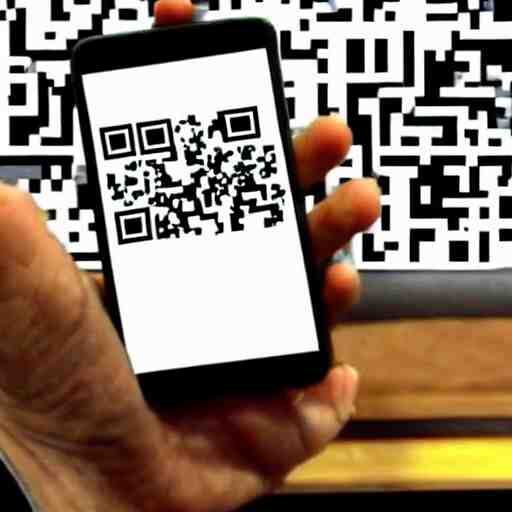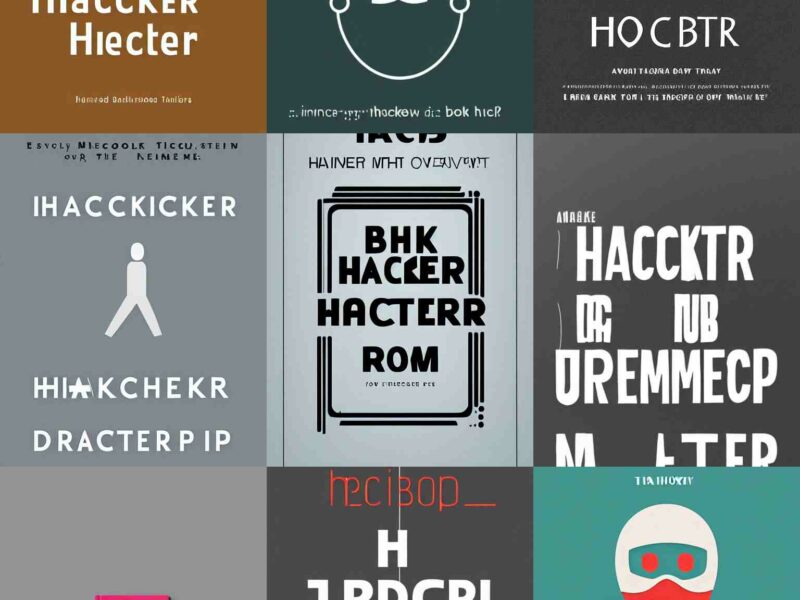We all should have noticed the rapid growth of eCommerce. The number of users and transactions is growing exponentially. In contrast, the number of products in the stores, which represents a large part of the sector, remains static. Here is where the use of barcode generator comes into play.
The use of barcode generator has become a must, in particular for online sales, where the need for mass customization is increasingly greater. It is not only important for companies to be able to identify their products and their origins but also to be able to track their supply chain, which allows them to guarantee the quality and hygiene of their products.
The term “barcode” was coined by Norman Joseph Woodland while working with his colleagues at IBM in the late 1960s. During this time, the aim was to find a way to automatically identify different types of objects using machine vision techniques. The team was able to research and find a solution that worked at point-of-sale (POS) terminals. The first bar code read was made in July 1974 at a Walgreen’s grocery store in Troy, Ohio, as part of a trial involving retail checkout scanners. The bar code used was the Universal Product Code or UPC symbol, also known as alphanumeric WAN coding (NW-7), used for tracking retail goods through supply chains and registers. Despite its success, it took almost ten years for the use of this technology to spread more broadly across the globe. The main reason for this was the high initial investment required to adopt these new technologies. Despite this small setback, it rapidly grew in popularity due to its multiple advantages. Also known as linear bar codes or one-dimensional code, these machine-readable patterns are made up of lines that divide them vertically into sections called “bars” and horizontally into sections called “digits.” The combination of bar and digits gives each item its unique information that can be read with a laser or image sensor, or camera. The signal can be transmitted optically or electrically without having to make any contact with the product itself. In doing so, they can be read from a certain distance and even under unfavorable conditions such as lighting or dirt. These characteristics make them ideal for logistics since they can be read easily from a distance during transport but also in warehouses where there may be many objects stacked on top of each other. In addition,
Generate over 30 types of barcodes on the fly quickly and use in your application.
To make use of it, you must first:
1- Go to Bar Code Generator API and simply click on the button “Subscribe for free” to start using the API.
2- After signing up in Zyla API Hub, you’ll be given your personal API key. Using this one-of-a-kind combination of numbers and letters, you’ll be able to use, connect, and manage APIs!
3- Employ the different API endpoints depending on what you are looking for.
4- Once you meet your needed endpoint, make the API call by pressing the button “run” and see the results on your screen.



